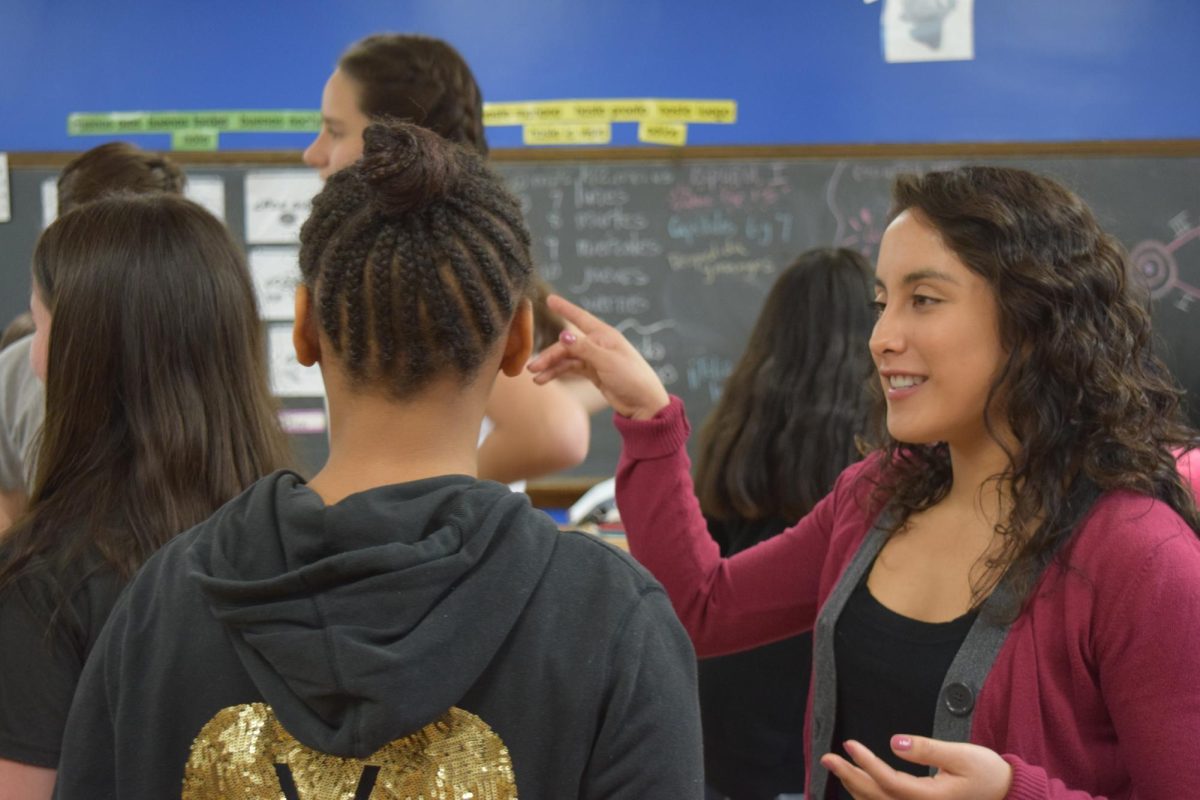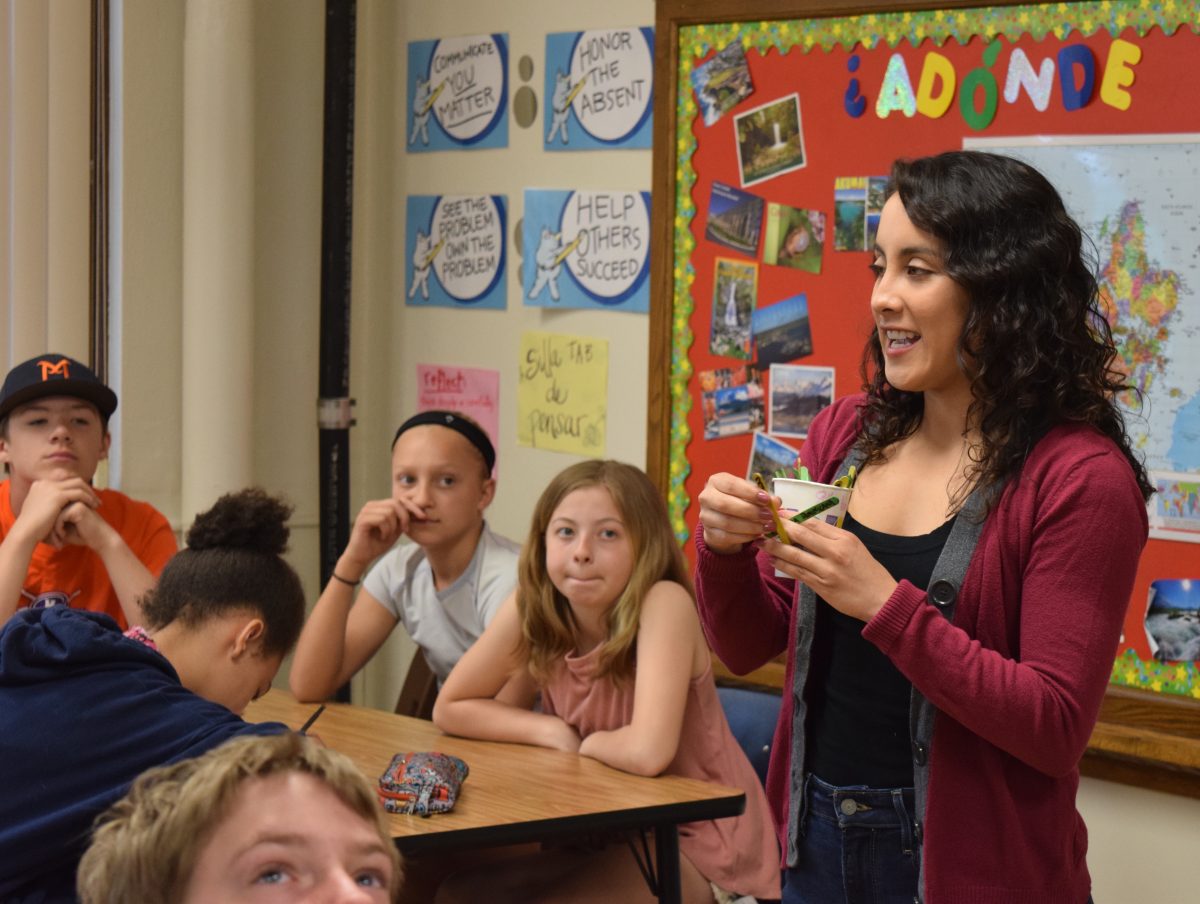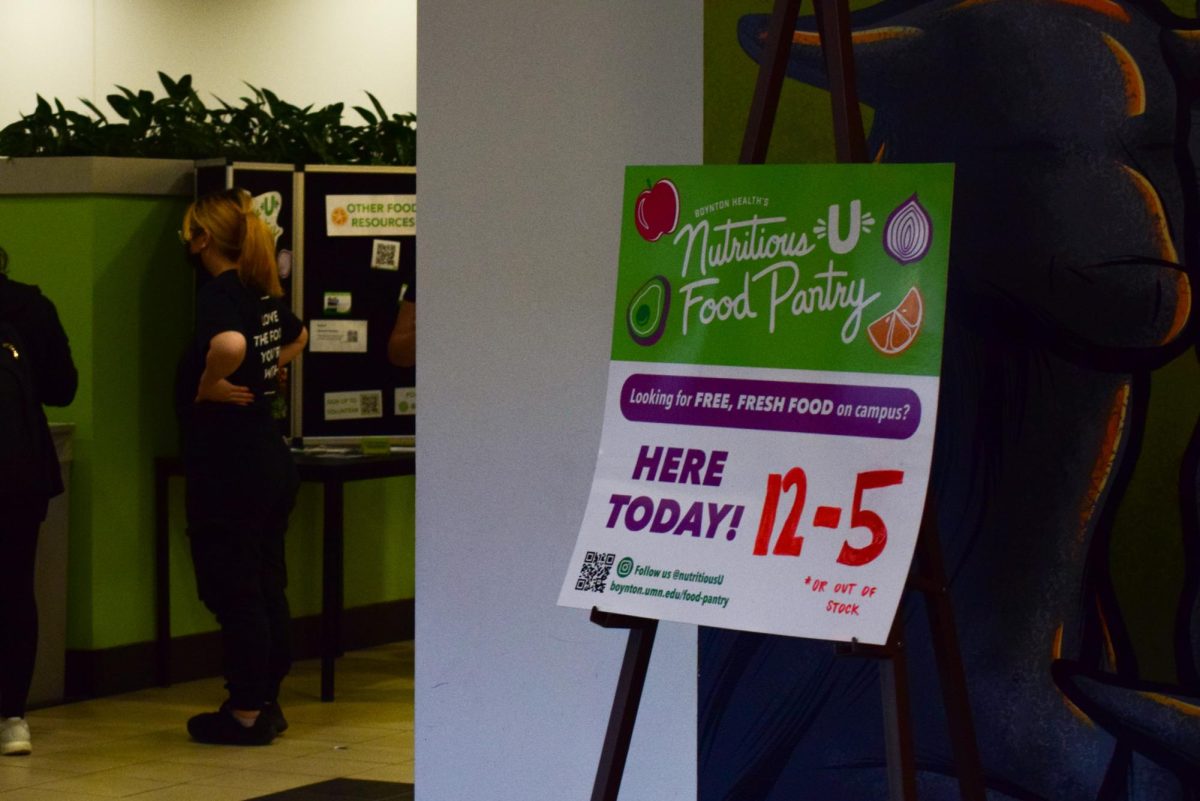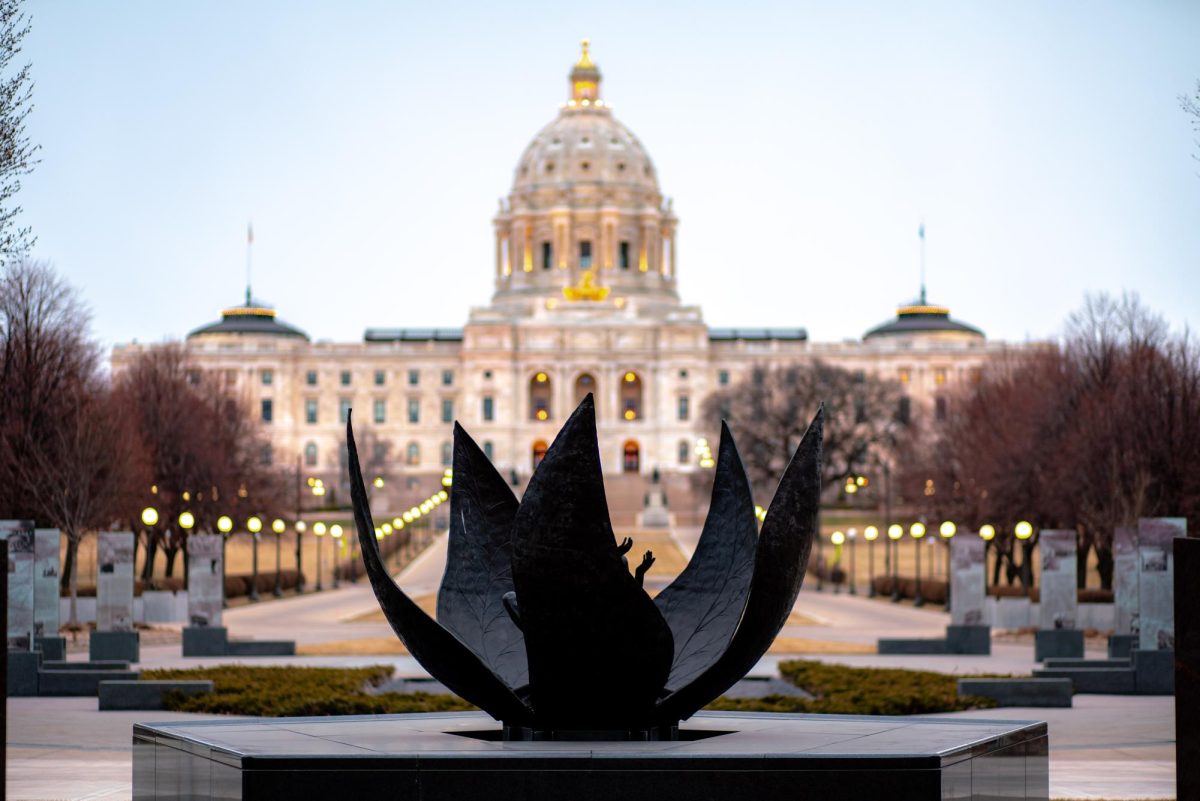A new bill introduced in February in the Minnesota House of Representatives aims to create state-funded stipends for student teachers.
The bill, first introduced by Rep. Matt Norris (DFL-Blaine), would allocate state funds to pay student teachers in Minnesota public schools, a historically unpaid position.
If the bill passes in May, it is expected to take effect in July 2025, according to Norris.
Norris said he does not want financial difficulty “to be something that is going to keep those individuals from pursuing something that they’re passionate about” and sees the bill as a way to change that.
The idea for the bill first came to Norris’ attention before he entered the state legislature while working as the policy director for Youthprise, a Minnesota youth advocacy group.
“One of the things that the young people we were working with told us was really important to them was increasing the number of teachers of color and Indigenous teachers in our state,” Norris said. “I talked to people in the field and one of the things that they said is, ‘Well, you could pay student teachers.’”
Student teaching and teaching have been historically unpaid and underpaid positions, according to Jehanne Beaton-Zirps, coordinator of the University of Minnesota’s DirecTrack to Teaching program, an undergraduate course program that introduces students to a potential teaching career.
According to Beaton-Zirps, student teaching often demands the same or more amount of work as paid internships in other fields. Student teachers generally work 40 unpaid hours a week for a state-mandated 12-week period to get their teaching license, leaving some to work additional jobs or postpone getting their license.
Jacob Daubenberger, a social studies teacher at Eastview High School in Apple Valley, said that when student teachers need to work outside of full days in the classroom, burnout is likely to happen.
“I had classmates in my [student teaching] cohort who had bartending jobs, and now you’re adding on very late nights and then you’re up at six o’clock at the latest the next morning to be ready to student teach,” Daubenberger said. “If you are needing to work while student teaching, you are being put into a situation where the likelihood that you burn out of the program, of teaching in general, increases significantly.”
Norris said the bill would “make sure that every student teacher in Minnesota is paid a livable wage during the time,” thus removing a major financial barrier to entering the profession, especially for teachers of color and Indigenous teachers.
“We need more teachers in the classroom,” Norris said. “We know that here in Minnesota the number of teachers of color and Indigenous teachers is significantly lower than our students of color, so we’d like to be able to close that gap.”
Daubenberger said the bill seems like a productive first step but does not think it will fix the larger social issues that limit people of color and Indigenous people from entering the profession.
“We still see teaching in the state as a very, very predominantly white profession,” Daubenberger said. “One of the reasons that we still see that is because the experience of BIPOC students in schools is still largely negative, and if you are having a negative experience in school, why would you want to then become a teacher?”
South Metro area social studies teacher Abbey Seidel said that by paying student teachers and decreasing financial stress, student teachers can perform better in the classroom, ultimately strengthening their relationships with their schools and students.
“When that stress of money is taken off the table you are able to do a much better job,” Seidel said. “Which then would make it easier for student teachers to make connections in that school, make connections with the school district and find a job later on.”
Norris said that while he is confident the bill will pass in May with bipartisan support, the major challenge is how the cost of the stipends will affect the state’s education budget.
“We want to be responsible stewards of the remaining dollars we have available in the state budget,” Norris said. “So we may have to scale it down initially this year and do more of a pilot with certain school districts, or find other ways to start small with the goal.”
Norris added he would like the stipend to be equivalent to the state minimum wage of $15 per hour and potentially up to $20 per hour, however, there is no specific amount listed in the bill.
Without a definite price tag, Beaton-Zirps said the stipend will “need to be substantial” to sufficiently support student teachers while they complete their program.
Seidel said this bill has the potential to shift the narrative that surrounds teaching by making it a more viable career option.
“Teaching is a great career, and we teachers and educators do need to be paid fairly,” Seidel said. “We shouldn’t have to sacrifice so much just to enter the profession.”
Beaton-Zirps is enthusiastic about the bill and what it would do for student teachers but said it is merely a step toward repaying a social debt owed to educators.
“The last four, five years have been brutal for teachers,” Beaton-Zirps said. “This is, in my mind, the slightest of reparations for teachers, and I hope we do more than this, but this is a result.”
























Cindy Demers
Apr 15, 2024 at 10:27 pm
How is paying student teachers reparations to teachers? Licensed teachers will not receive that money. It does seem though as this will drop the amount of money available for teacher salaries and retirement plans.